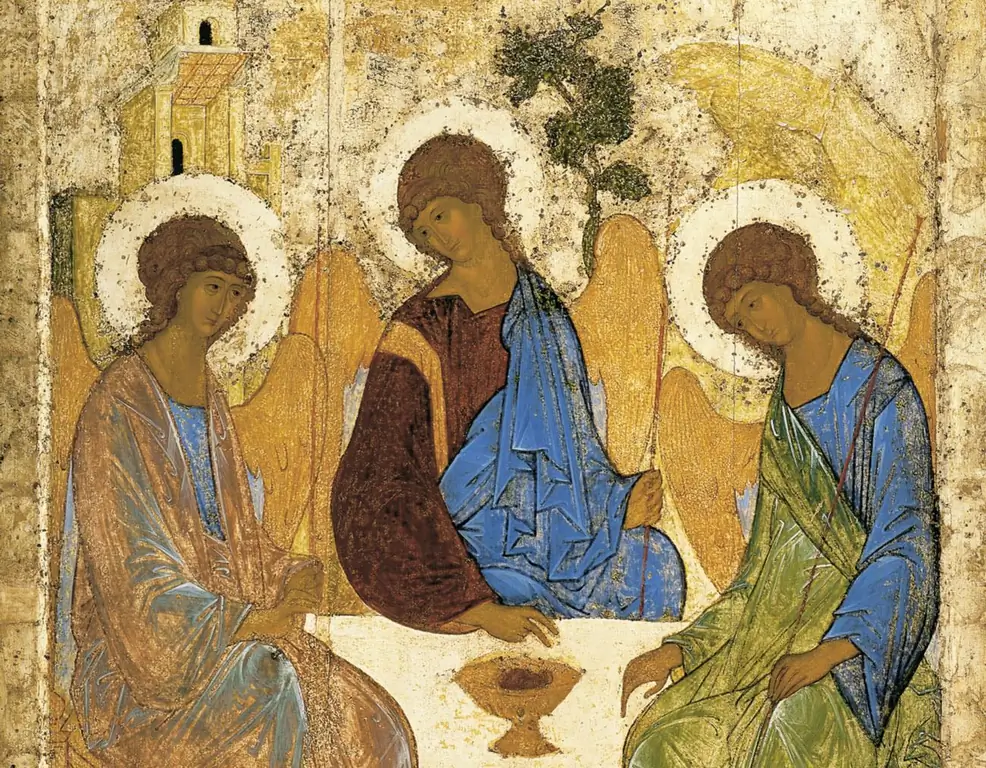- Author Antonio Harrison [email protected].
- Public 2023-12-16 07:44.
- Last modified 2025-01-22 21:44.
August of the Orthodox church calendar is distinguished by special celebrations dedicated to the Savior Jesus Christ. These holidays are popularly called Spasov. The last Savior (nut) is celebrated on August 29 in a new style.

In the Orthodox folk tradition, there are three Savior - the Savior of Honey (August 14: the day of the death of the Life-giving Cross of the Lord), the Apple Savior (August 19: the Transfiguration of the Lord Jesus Christ) and the Nut Savior (August 29: the transfer of the miraculous image of the Savior to Constantinople). These naming of the three Spas were more entrenched in the popular consciousness and were the result of the Christianization of pagan Rus, when pagan customs were replaced by a new worldview, which entailed a new Orthodox culture.
The Nut Savior is called so because on this day, August 29, it is customary to consecrate nuts in Orthodox churches. Before the adoption of Christianity by Russia, the end of summer included holidays for the collection of various crops, including nuts. What was bestowed on man by the land could well be used as various rituals. With the advent of Christianity to Russia, man did not abandon the practice of collecting various crops, and it was necessary to give praise to God for the gifts of nature. This is how the practice of blessing various products appeared, be it honey, vegetables and fruits or nuts for the holidays of the Spas. This is a symbol of a person's gratitude to God for his gifts.
On the Nut Savior in Russia, it was customary to attend a service in the morning at which nuts are consecrated. Next, they prepared treats for relatives, friends and the poor. They baked pies, bread, used nuts for treats. Another name for the Nut Savior is Spas Khlebny. This naming is due to the fact that the end of August was marked by the harvest of grain.
There is another name for the Nut Savior - Savior on canvas (on canvas). In Russia, on this day, it was customary to trade canvases and canvases. This naming of the third Savior is most suitable for the Orthodox canonical holiday celebrated on August 29th. In particular, on this day, celebrations are held dedicated to the transfer of the miraculous image of Christ the Savior not made by hands to Constantinople.
The sacred tradition of the Christian Church tells that during the earthly life of the Savior, a certain king of Edesa, Avgar, fell ill with leprosy. The ruler, who had heard about the many miracles of Christ, sent a painter to the Lord to paint the image of Jesus, which would later serve as a source of healing. The Savior, seeing such faith of the king, performed a miracle. Having washed his face with water, Christ wiped his face with a canvas, on which the face of Christ not made by hands was miraculously displayed. Christ gave the image to the painter Ananias and promised to send one of his disciples apostles to the king for healing. Subsequently, the Apostle Thaddeus was sent to Edessa to heal the king and enlighten all the inhabitants of the Syrian city.
The image of the Savior not made by hands was erected on the gate in front of the entrance to the city, but later, after the conquest of Edessa by the Muslims, the image was stolen. Nine centuries later, the Byzantine emperor Michael III bought this image, and in 944, during the reign of the ruler of Byzantium Constantine Porphyrogenitus, the image was solemnly transferred to Constantinople. It was from this day that the celebration of the transfer of the not-made image of Christ the Savior to Constantinople began.






